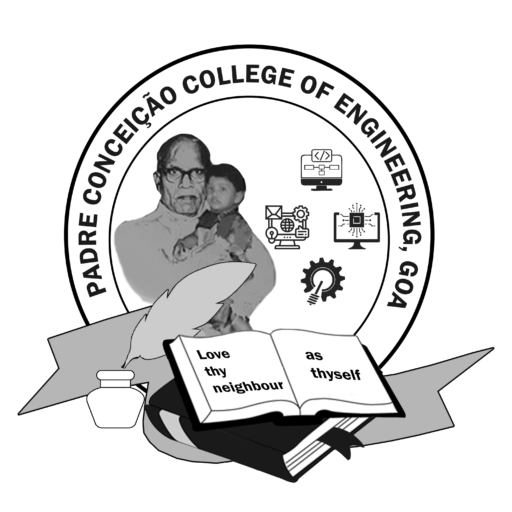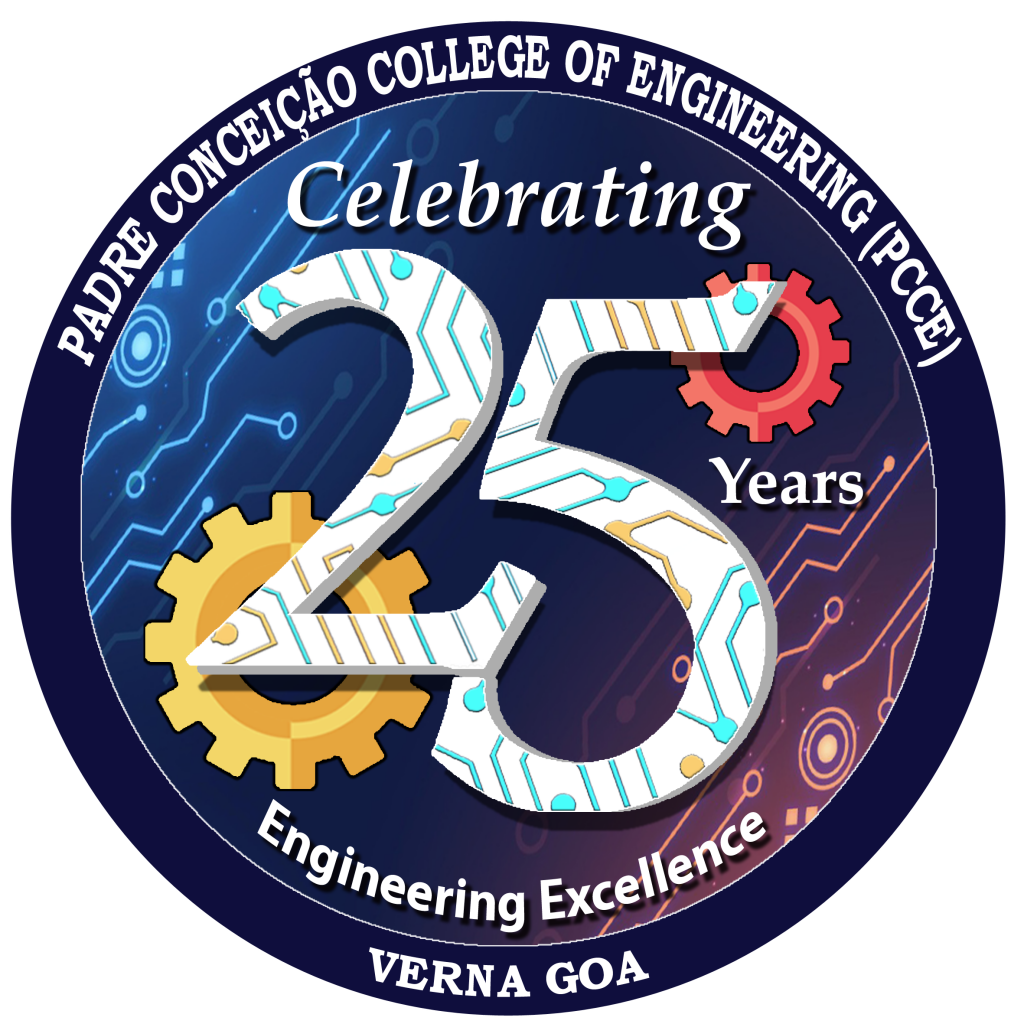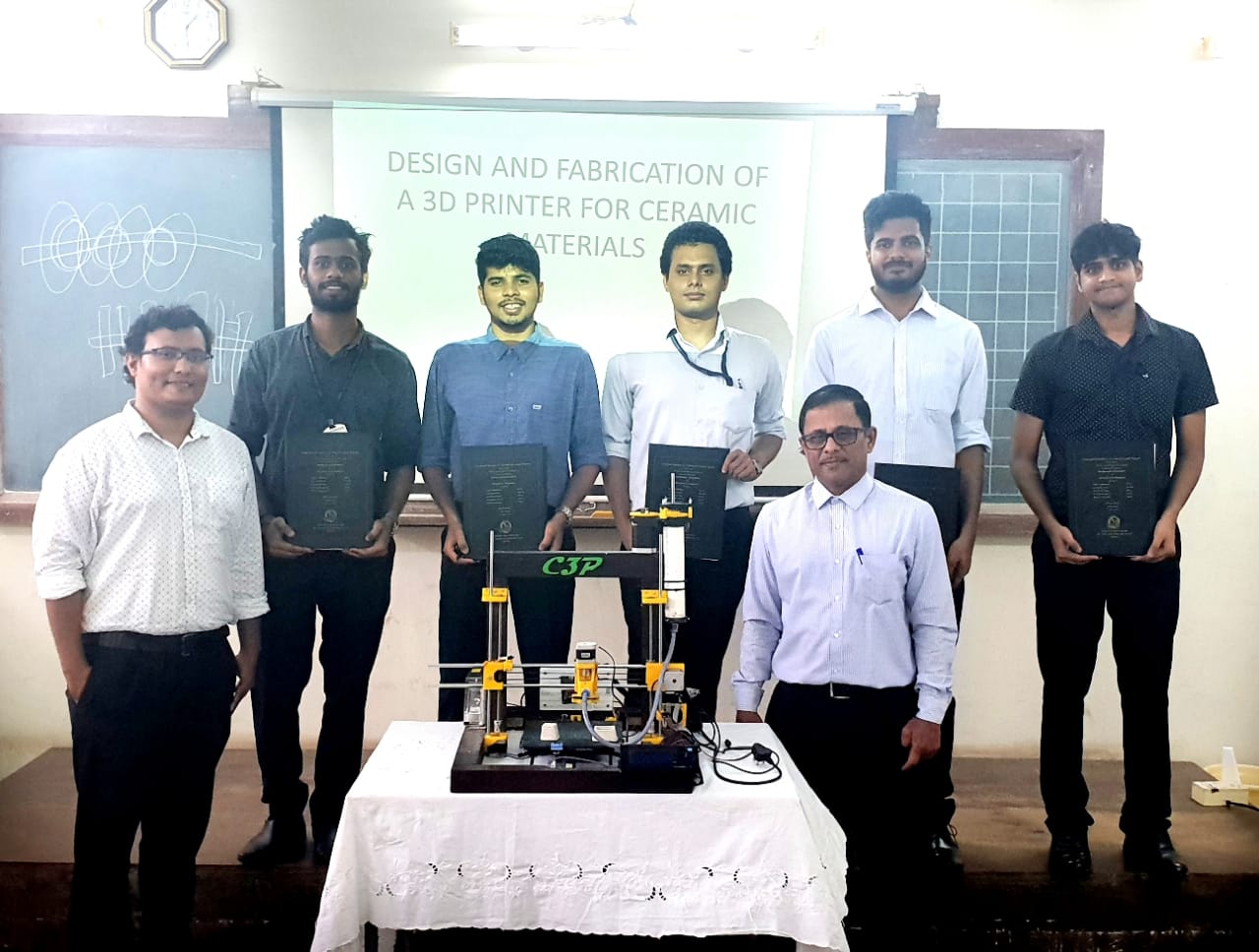STUDENT PROJECT ON CERAMIC 3D PRINTER
Five enthusiastic students from the department of Mechanical Engineering of Padre Conceicao College of Engineering worked on a Ceramic 3D printer abbreviated as C3P for their final year project.
3D printers are quite common in today’s world, but most are only exposed to those that use plastics or metals as their working material. In porting a 3D printer that was mainly modelled to work with plastics into a ceramic 3D printer, they have shed new light onto a relatively unexplored side of 3D printing.
An extensively documented and open source XZ head type printer was modified and made to work with ceramic materials by adding two newly designed modules known as the delivery system and the extruder system. Further changes and calibrations were made as necessary to obtain optimal print.
The team consisted of Mr. Keegan Caridade Duarte, Mr. Peter Stephen Pereira, Mr. Neil Aark Savio Moniz, Mr. Denver Demino Allan Vaz and Mr. Shreyas D. Panchwadkar. The guide for the project was Saish Verenkar, faculty, department of Mechanical Engineering, who provided the motivation and guidance in approaching the project.
It came to the group’s attention that while 3D printing with plastics and metals were spoken about in detail, ceramic materials on the whole were mostly ignored. Further research showed that ceramic 3D printers were mostly unexplored and had fairly few documented results. Inspired to build a 3D printer and not fall into the pattern of doing what has already been done time and time again, the group decided to attempt the construction of a 3D printer that works primarily with ceramics.
The first half of the year (7th semester) was mostly used in building the motion system and frame and theorising the methods by which a ceramic material could be deposited on the bed as required by a 3D printer. The second half of the year (8th semester) was where design of the delivery system and extruder system modules commenced. Calibration and tweaking of the modules were done in conjecture with constant testing and the documentation of results. After a few weeks of testing, two proper test specimens were obtained.
In combining the capabilities of computer controlled machines and making it work with ceramics, a variety of applications can be obtained from the products. A ceramic 3D printer has the ability to produce intricate shapes through computer control to a degree of accuracy that is much higher than other methods.
“We are incredibly grateful for the opportunity provided to us to showcase our talents and also for the constant support of the mechanical faculty in Padre Concieaco College of Engineering.” says Mr. Keegan Caridade Duarte.
The current model is only an experimental setup. The body needs to be placed in an enclosure for more control over the printing environment. A better designed delivery system using metallic parts that can withstand heavy pressures, different nozzle sizes for printing of larger or smaller parts and higher accuracy using smaller nozzles and more accurate stepper motors need to be incorporated taking into consideration the future scope of this project.




